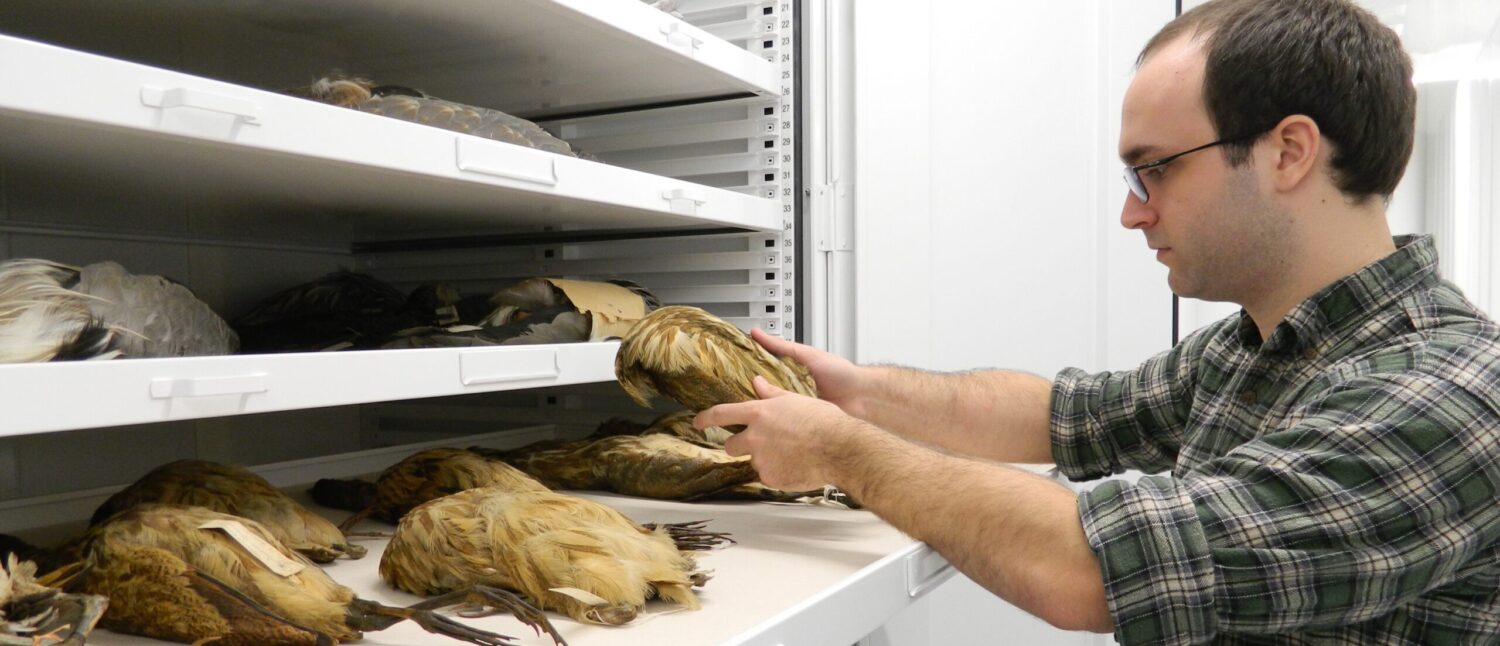An important biological collection and associated data may be gone soon, unless action is taken to preserve it. Fifteen specimen jars containing the stomach contents of birds and 230,000 notecards containing information about the specimens are all that remain of the federal government’s first major study of birds.
For more than 50 years, starting in the 1880’s, the Division of Economic Ornithology at the Department of Agriculture collected at least 230,000 birds and examined their stomach contents. The purpose of the study was to determine what birds were eating in order to determine which species were helpful to farmers and which were detrimental to crops. This information was the basis of hundreds of scientific papers and several books on the food habitats of native birds. The collection is still being used by scientists to determine how humans and modern agriculture have influenced birds.
For decades, the jars sat in storage at the Patuxent Wildlife Research Center in Maryland. Unfortunately, nearly all of the jars were discarded for fear they contained cancer-causing formaldehyde. Only 15 jars survived. The thousands of notecards that accompanied the jars are not stored properly and the United States Geological Survey, which runs the center, does not have the resources to digitize the collection.
Read a full account of the collection in an article published in the New York Times on 21 May 2012 at http://www.nytimes.com/2012/05/22/science/relics-with-much-to-tell-about-bird-diets-may-be-lost.html?_r=1&emc=eta1.

